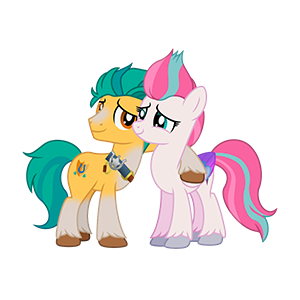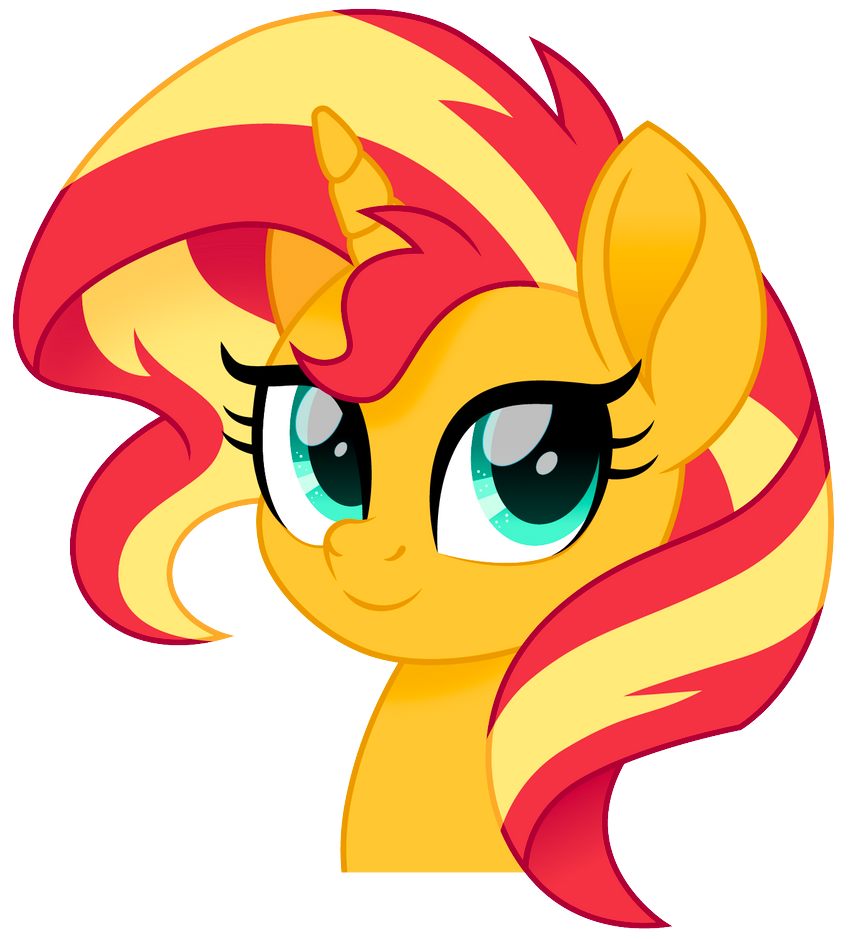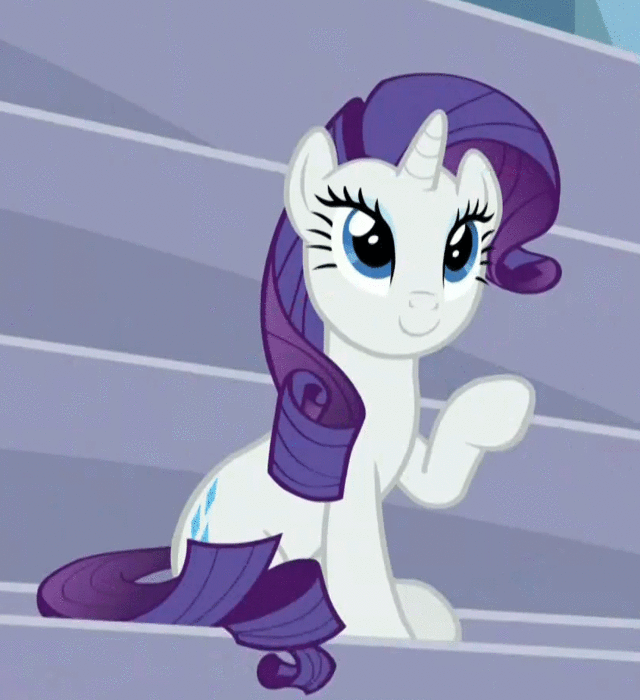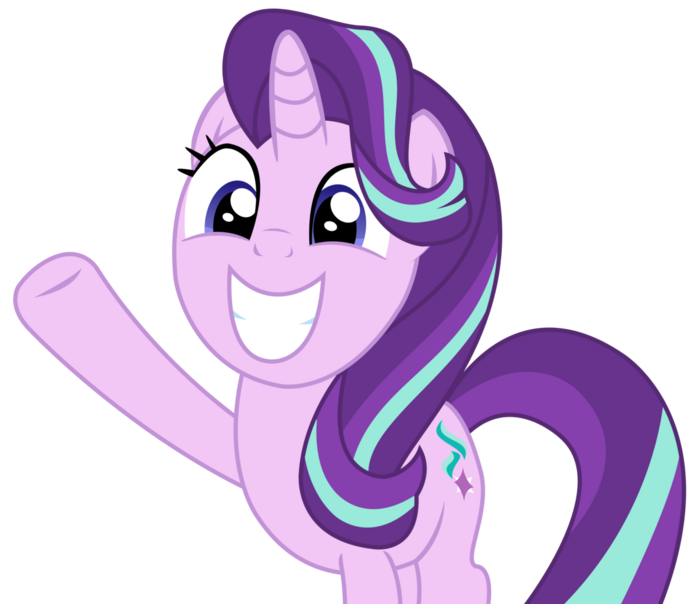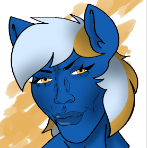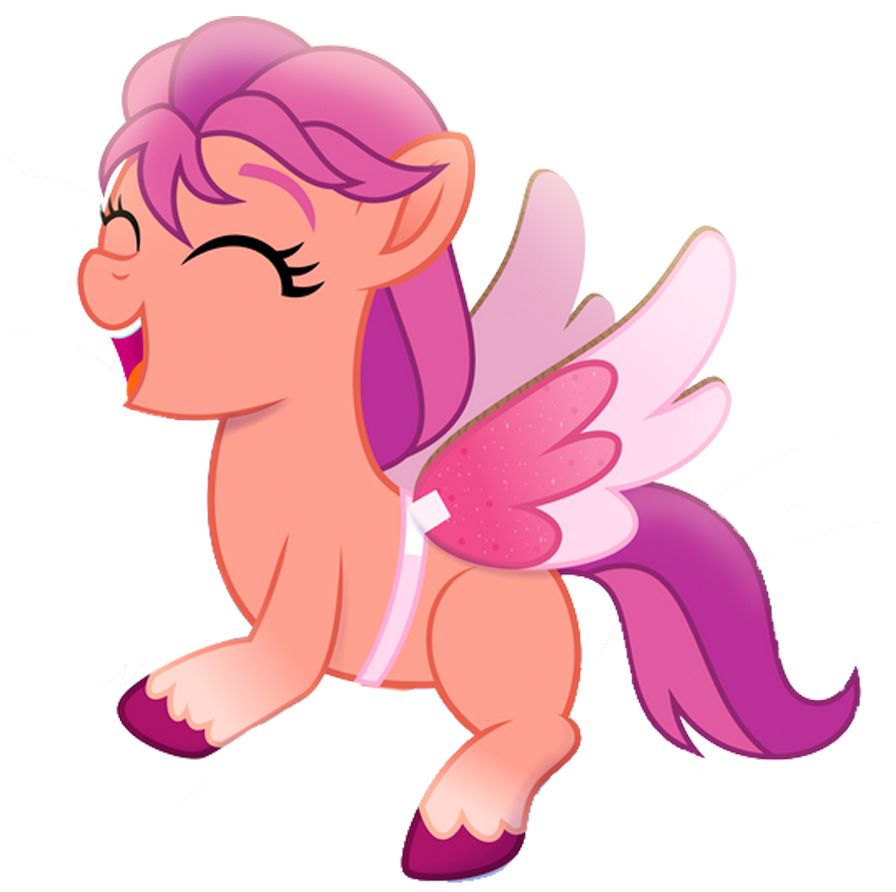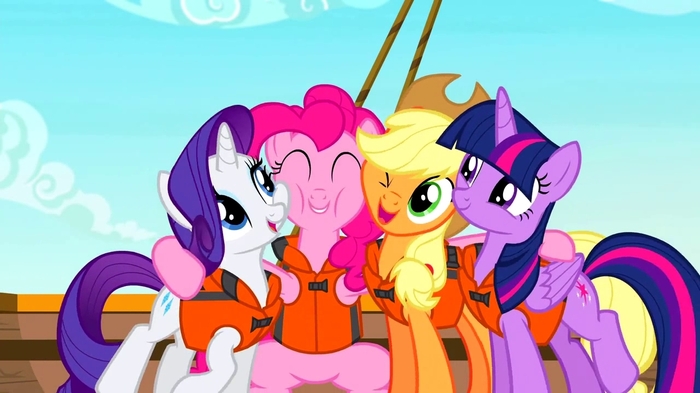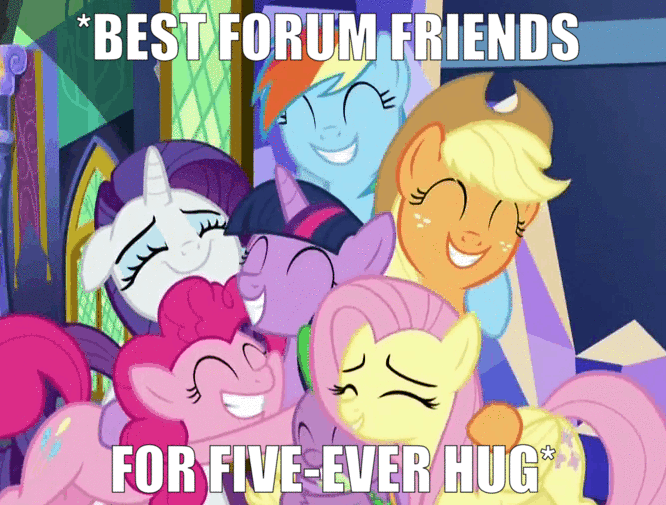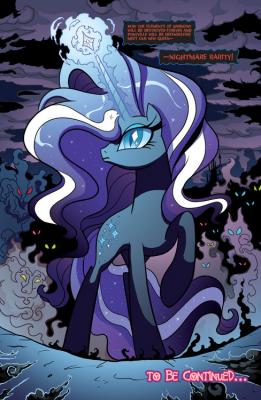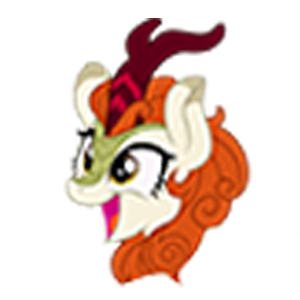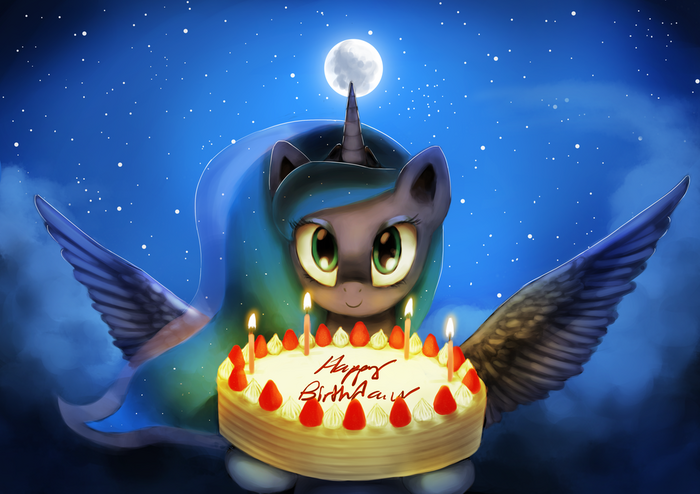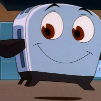

Starlight Serenade
-
Posts
1,044 -
Joined
Content Type
Profiles
Forums
Character Archive
Frequently Asked Questions
Equestrian Empire Character Archive
Golden Oaks Memorial Library
Pony Roleplay Characters
Events
Blogs
Everything posted by Starlight Serenade
-
That's weird. I see people have messaged or mentioned me, but I did not get any notifications...even though they are all on.
-
-
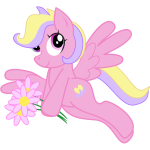
Hello @Starlight Serenade!

The real life leaves a lot to wish for, but at least it's weekend, so I'll enjoy it while it lasts.
 Thanks, I hope things are fine on your end though.
Thanks, I hope things are fine on your end though. 
-

@Rikifive I hope you enjoy your weekend, my friend. You deserve a good and relaxing break for all your hard work. I know you are doing your best. Thank you, I am doing well and just working on school assignments.
-

-
-
-
- Show previous comments 1 more
-
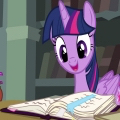
-
 Quote
QuoteAlso the new Pipp pfp is pretty cool! I missed Della Duck though.
@Starlight Serenade Oh, I'm sorry.

-

@Sparklefan1234 Oh there's nothing wrong with it! I think the Pipp pfp is just as great too! You don't have to change it back or anything.
-
🎉✨ Happy Birthday, Bright Honor! ✨🎉
Today’s the day to celebrate YOU, my amazing, brilliant, and loyal friend! 🌟 Just like the brightest star in the sky, you shine with kindness, courage, and unwavering strength - just like a true pony of honor would! 🦄💫
Whether it’s in the magical lands of Equestria or right here, you always know how to make every moment brighter for those around you. 🌈💖
May your day be filled with the same joy and magic that you bring to the world. 🎂🎁 Here's to new adventures, laughter, and all the wonderful things you deserve, because you're one of a kind, Bright Honor! ✨🌸
So trot on, enjoy your special day, and remember - friendship is always magic when you’re part of it! 🦋💕🐴


